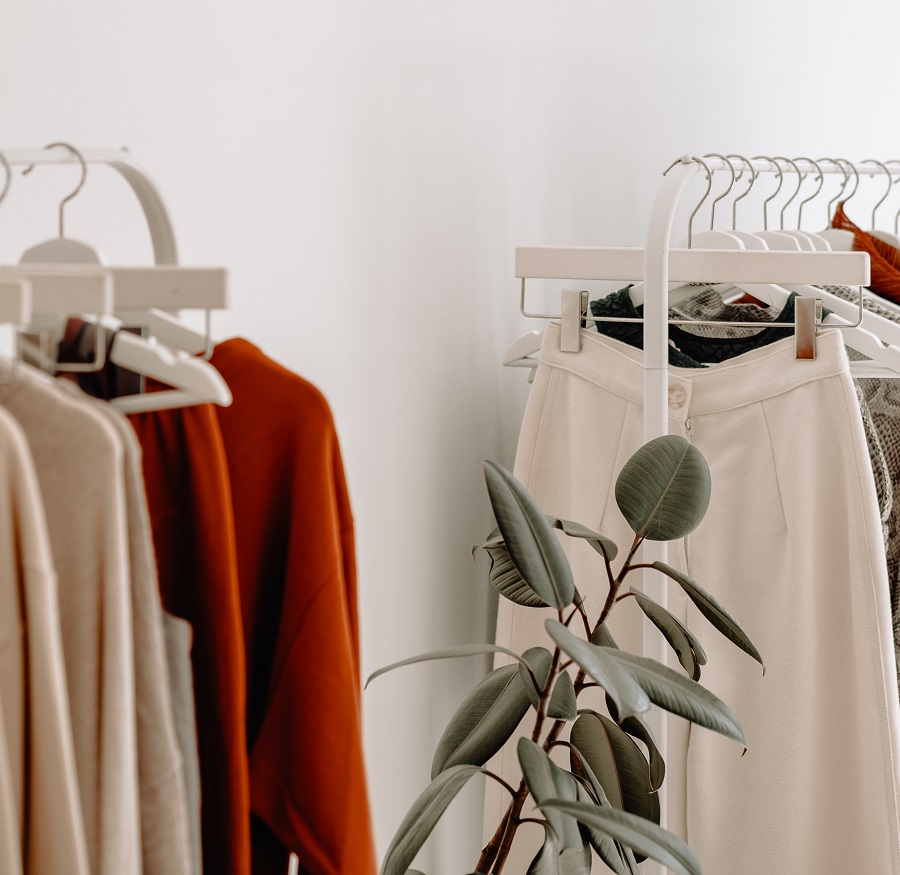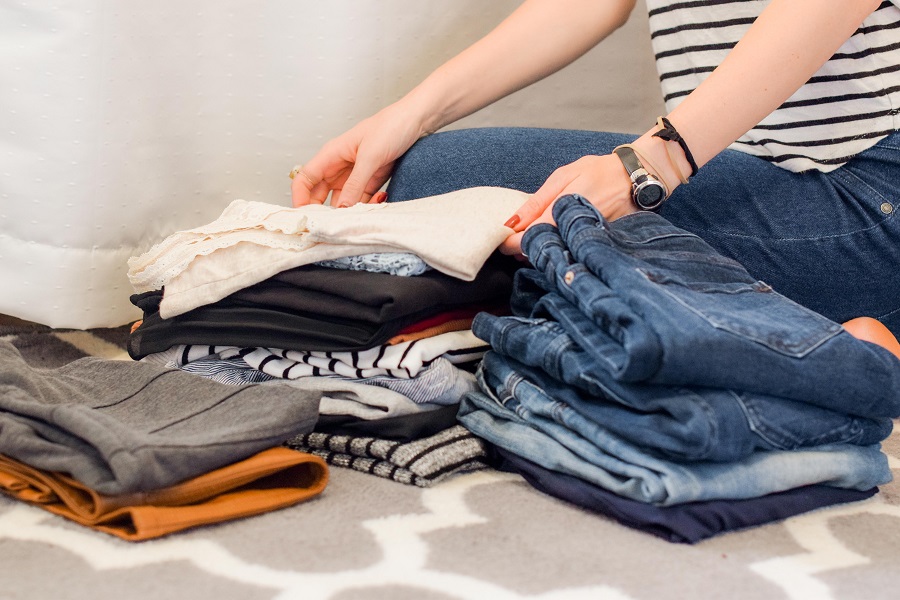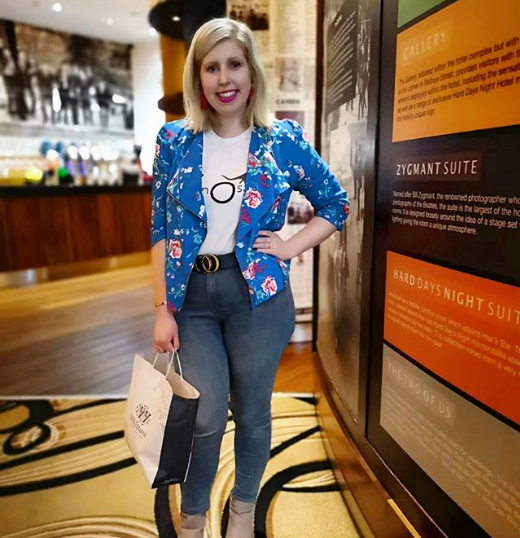
Recently, I had a huge clear-out. Gutted half my wardrobe. The kind where you pull every item of clothing that you own out of his hiding place and really consider whether it should remain for another month/season/year. It was horrifically overdue, and I feel a lot calmer for taking the time to assess every item of clothing that I own on a case-by-case basis.
And doing this, got me thinking – what is the average life cycle of an item of clothing? Many of the items that were bagged up and collected by a local charity had been with me for years. Some nearly a decade. This isn’t a case of fast fashion – buying an item, wearing it once, maybe twice and then shipping it out to make space for the next.
These were clothes that had been with me for so many years, carried memories of when and where I wore them and had been through the wash more times than I could count. Slow fashion, if you will.
So, in that instance, does that quantify towards a positive clothing life cycle?
According to WRAP, in the UK, the average lifetime for a garment of clothing is estimated as 2.2 years. Extending the active life of clothing by nine months can significantly reduce its environmental impact.
There are several factors that impact whether a garment is used for longer. These include:
- How we look after our clothes. Are you following washing instructions and care information properly to keep the garment in tip-top condition?
- Willingness to wear the same item repeatedly. Do you wear your garments as part of different outfits and from season to season? Summer dresses can be re-worn in autumn and winter with layers underneath, tights and boots.
- Looking at the design features such as the cut and fit and built-in adjustability (e.g., hidden elastic, stretch fabrics) so your clothes are comfortable and flattering, so you’ll reach for the item again and again
- Your ability to repair or alter clothes. If a button comes off, are you getting it repaired or casting aside into the bin, the charity shop or selling second hand? Fixing broke garments or dyeing them is a really simple way to breathe new life into something you once loved.
Find your once-loved clothes a new home
We’ve all seen the rise in secondhand clothing sites. Once upon a time, eBay paved the way, but the site simply walked, so Vinted and Depop could run. Selling the clothes, you no longer wear is a sustainable way to elongate the lifecycle of that dress you once loved. Anything from highly sought-after Zara trend pieces to designer garments and one-wear wedding dresses shift from person to person via secondhand sellers.

If you missed the boat on a particular T-shirt that you really wanted, or you simply want to find your most-loved pair of jeans in a larger or smaller size, Vinted and Depop are the places to go.
We mustn’t forget the humble charity shop here either. According to Age UK, following the reopening of their shops after the Covid-19 lockdowns, the numbers of donations were more than 35% higher than pre-lockdown levels. But the numbers have since begun to dwindle and donations are needed to help raise funds so Age UK can continue its vital work supporting older people.
Wear, repeat, recycle
Give it a go and enhance the lifespan of your well-worn and much-loved clothes. Adopting the mantra of ‘wear repeat recycle’ means the cost per wear of your favourite top is dramatically reduced and when it is no longer your style and you’re ready to part ways, you’re doing so as sustainably as possible.

Ruth is a Liverpool based blogger, sharing her delicious recipes, fabulous beauty finds, home decor tips and adventures with her adorable french bulldog Molly. Follow her on Instagram @ruthwrites_ or check out the blog at ruthwrites.blog